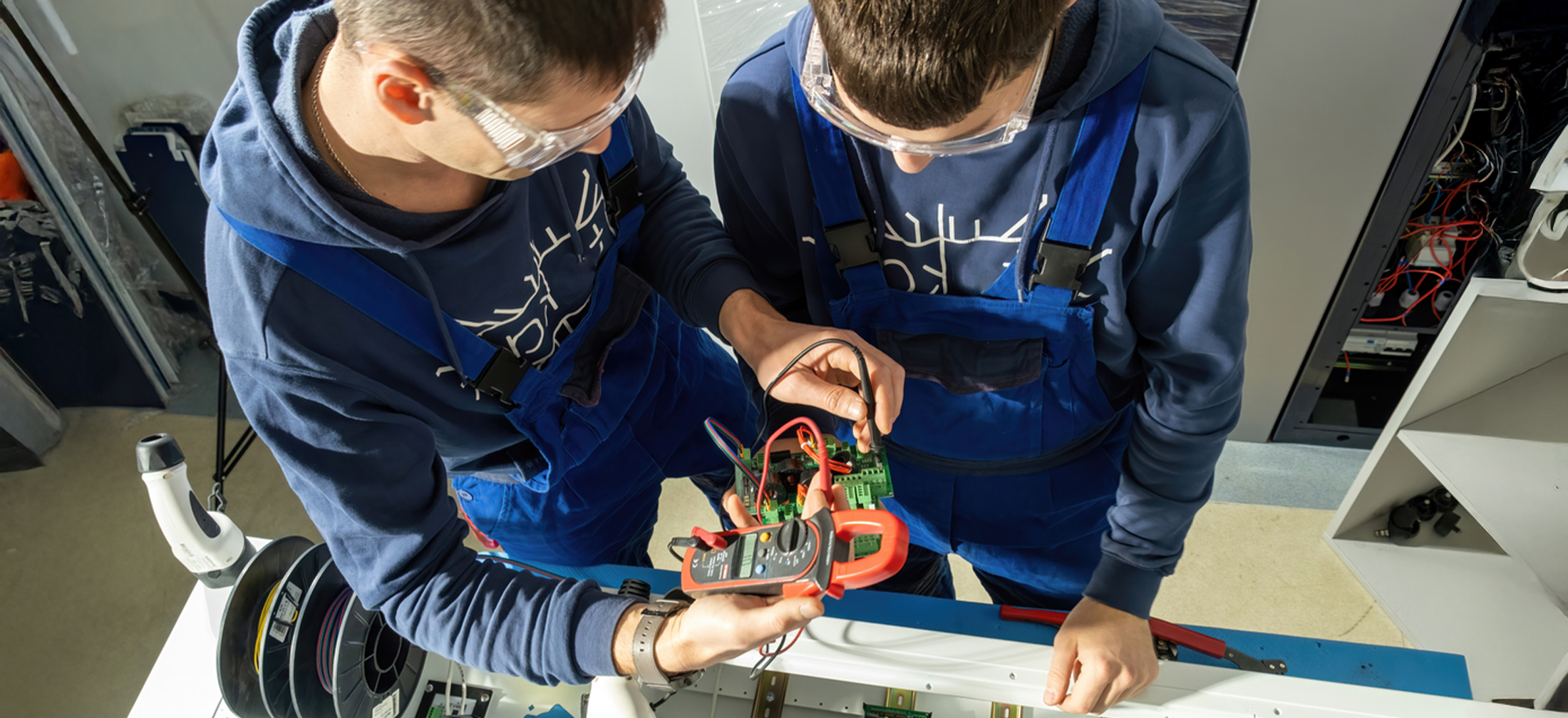A new report from Regional Educational Laboratory (REL) Central shows remote learning plans developed at the beginning of the COVID-19 pandemic varied by Internet connectivity, rurality, and district poverty level. The report includes a review of school district plans submitted to state education agencies in Kansas, Nebraska, North Dakota, and Wyoming in Spring 2020.
“What we saw reflected in these early plans was students in districts with lower Internet connectivity and in rural districts likely faced more challenges to remote learning, with fewer resources available to address those challenges,” said Trudy Cherasaro, director at Marzano Research. “The findings in this report can be useful as states consider how they might make remote and blended learning a more permanent part of K-12 education after the pandemic.”
In Spring 2020, school leaders were faced with an abrupt stoppage of in-person learning. In response, many state education agencies required districts to propose strategies for implementing remote learning. The report shows variations in proposed remote learning strategies related to infrastructure; strategies and supports for instruction; and supports for teachers, students, and parents. The findings are based on what districts proposed to implement rather than what districts actually implemented.
Key findings include:
- Districts with higher Internet connectivity before the pandemic (at least 70 percent of school-age individuals having access to broadband Internet) were more likely to propose support for home-based Internet access, full student access to devices, and technology support.
- Districts with higher Internet connectivity were more likely to plan for additional supports for teachers, students, and parents. Seventy-three percent of districts with higher Internet connectivity, compared to 50 percent of districts with lower Internet connectivity, proposed to provide wellbeing or mental health support such as individualized support through counselors, targeted interventions, or group lessons.
- High-poverty districts were more likely to propose supports for students and parents, such as one-on-one meetings between students and teachers and resources for parents on remote learning.
- Nonrural districts were more likely than rural districts to propose supports for teachers, students and parents. Sixty-eight percent of nonrural districts proposed to provide professional development for teachers on remote learning, compared to 58 percent of rural districts. Sixty-eight percent of nonrural districts proposed providing remote learning resources to parents, compared to 50 percent of rural districts.
Districts have likely increased their technology capacity, determined new ways to deliver instruction, improved Internet access, and learned more about remote learning. The REL Central study findings can be used as a baseline to conduct further research to better understand how district remote learning strategies have evolved since the beginning of pandemic-related school closures.
Variations in District Strategies for Remote Learning During the COVID-19 Pandemic is available on the Institute of Education Sciences website.



